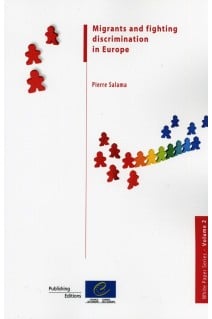
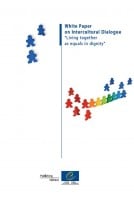


Preface
Introduction
1. Immigrants: How many are there? Who are they? Where do they go?
Introduction
1.1. Prologue: definitions and experiences
1.1.1. Counting immigrants
1.1.2. Diversity of situations and experiences
1.2. Immigration has changed profoundly
1.2.1. Migrants' origins and destinations
1.2.2. Economic participation of migrants differs in different European countries
1.3. In Europe, each host country has a different past
1.3.1. Geographical concentration by nationality of origin
1.3.2. Rising immigration flows but varying situations in different host countries
1.3.3. Different grouping criteria
1.3.4. Focusing on a few countries
Conclusion
2. Some areas of discrimination and responses in terms of intercultural dialogue
Introduction
2.1. High levels of discrimination in the labour market
2.1.1. On average, immigrants have a lower employment rate than the native-born
2.1.2. Immigrants are more vulnerable to unemployment
2.1.3. Skill and qualification levels reduce disparities but do not eliminate them
2.2. Lower pay and poorer working conditions
2.2.1. An overview of pay and working conditions
2.2.2. The reasons for economic discrimination
2.3. School, a medium for integration?
2.3.1. Significant spatial segmentation fuels educational segregation
2.3.2. Poorer performance at school than that of native-born pupils
2.3.3. Towards less discrimination in educational guidance
2.4. An instructive assessment of integration policies
3. Cultural diversity, positive discrimination and social cohesion
Introduction
3.1. The meaning of words
3.1.1. Different policies on cultural diversity
3.1.2. Globalisation and culture
3.2. Rejection or acceptance of cultural diversity
3.2.1. Does cultural diversity undermine social capital?
3.2.2. Shared, or even plural, identity and constitutional patriotism
3.3. Positive discrimination versus equality?
3.3.1. Positive discrimination can hamper the search for equality
3.3.2. Positive discrimination for equal enjoyment of rights
3.3.3. A mix of positive discrimination and social policies
General conclusions
Bibliography

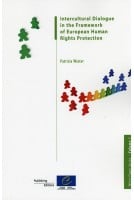
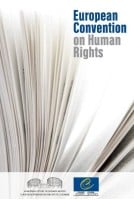
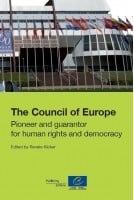




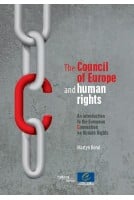

Please note that in accordance with our terms & conditions, PDF/epubs may only be purchased by private individuals.
